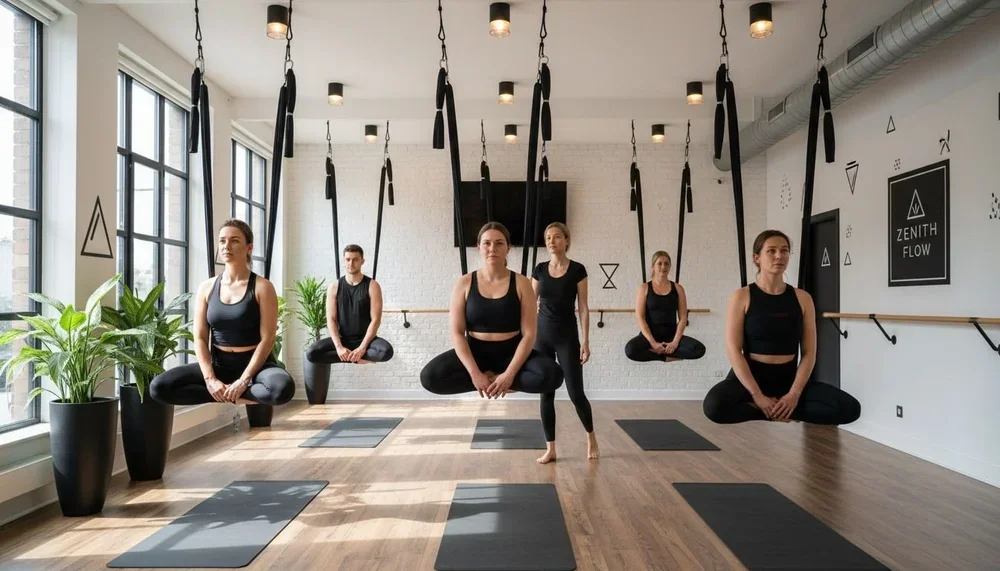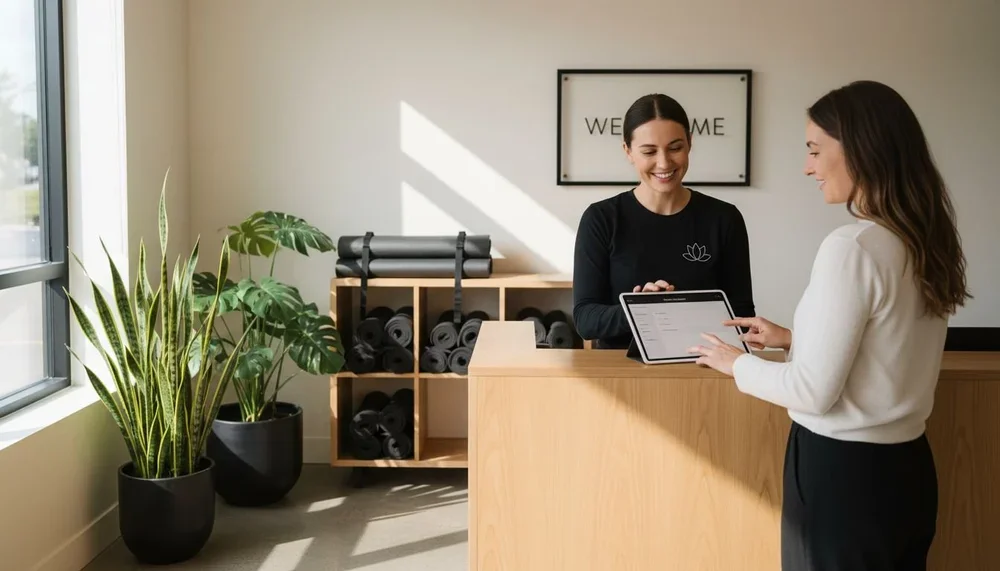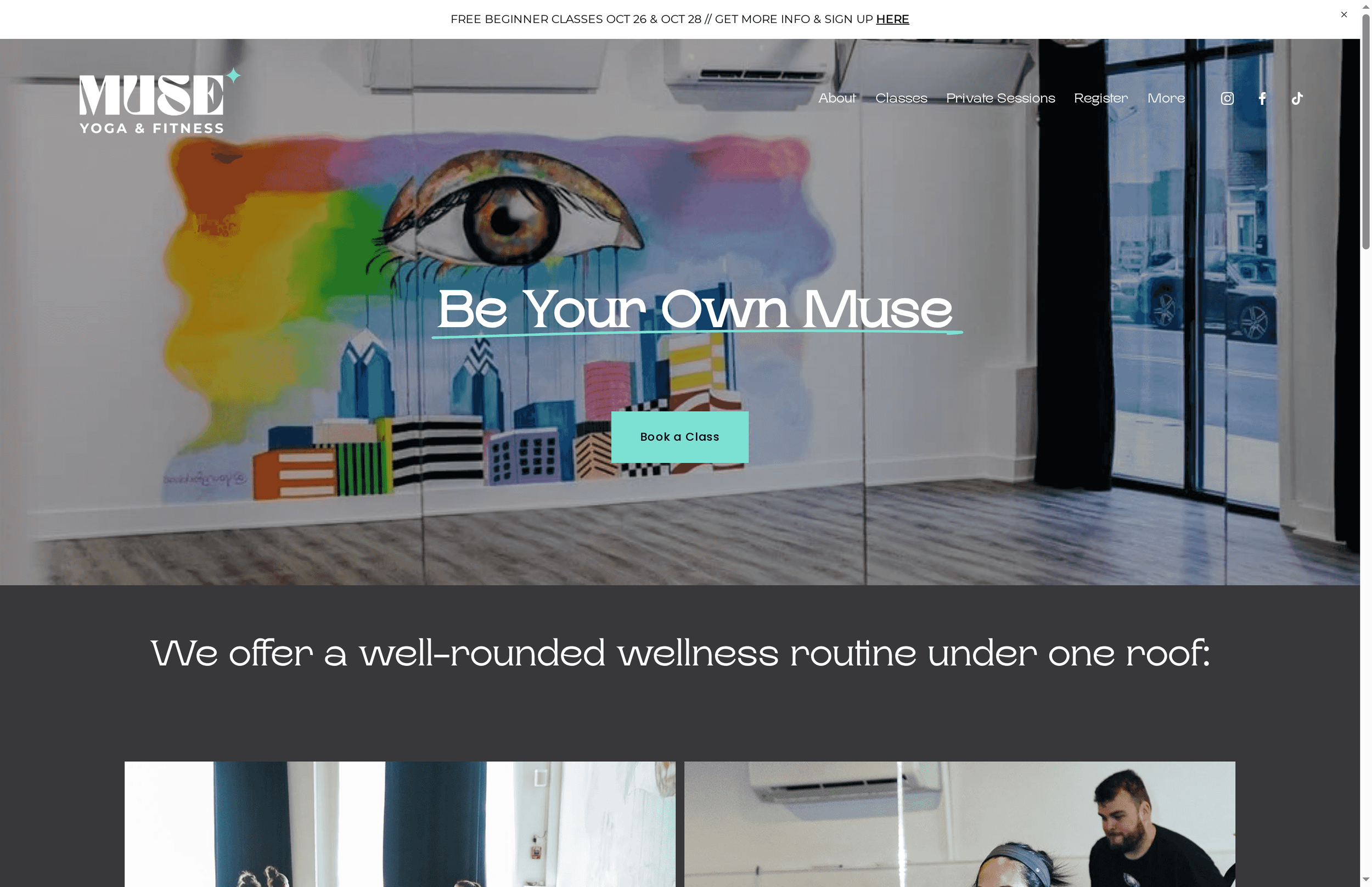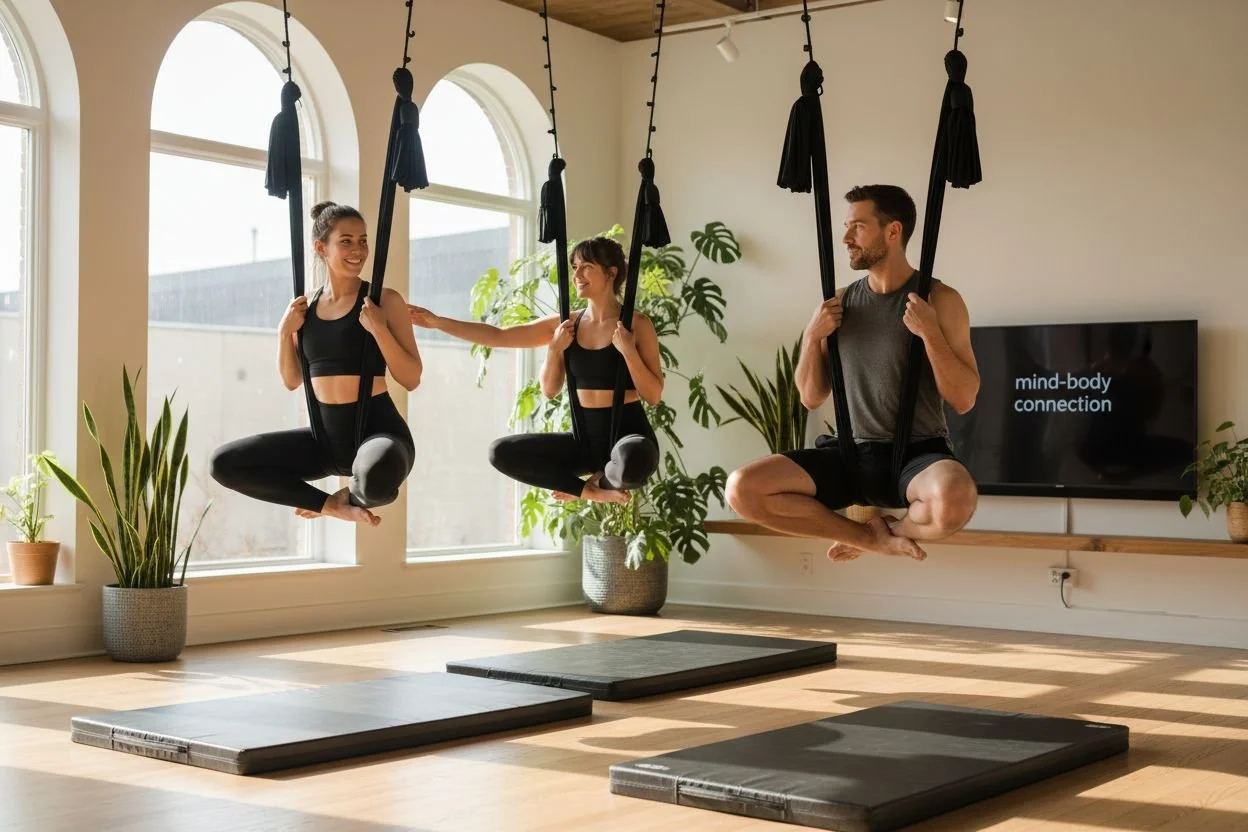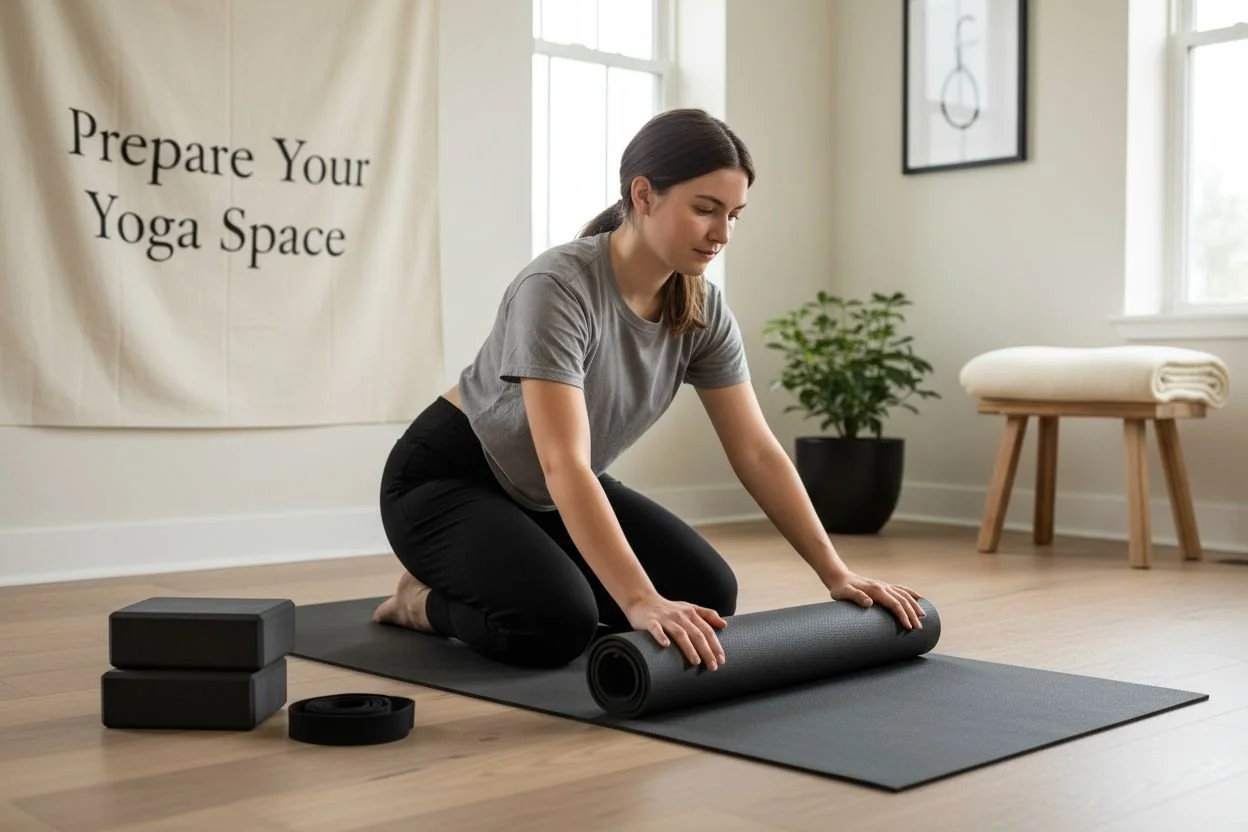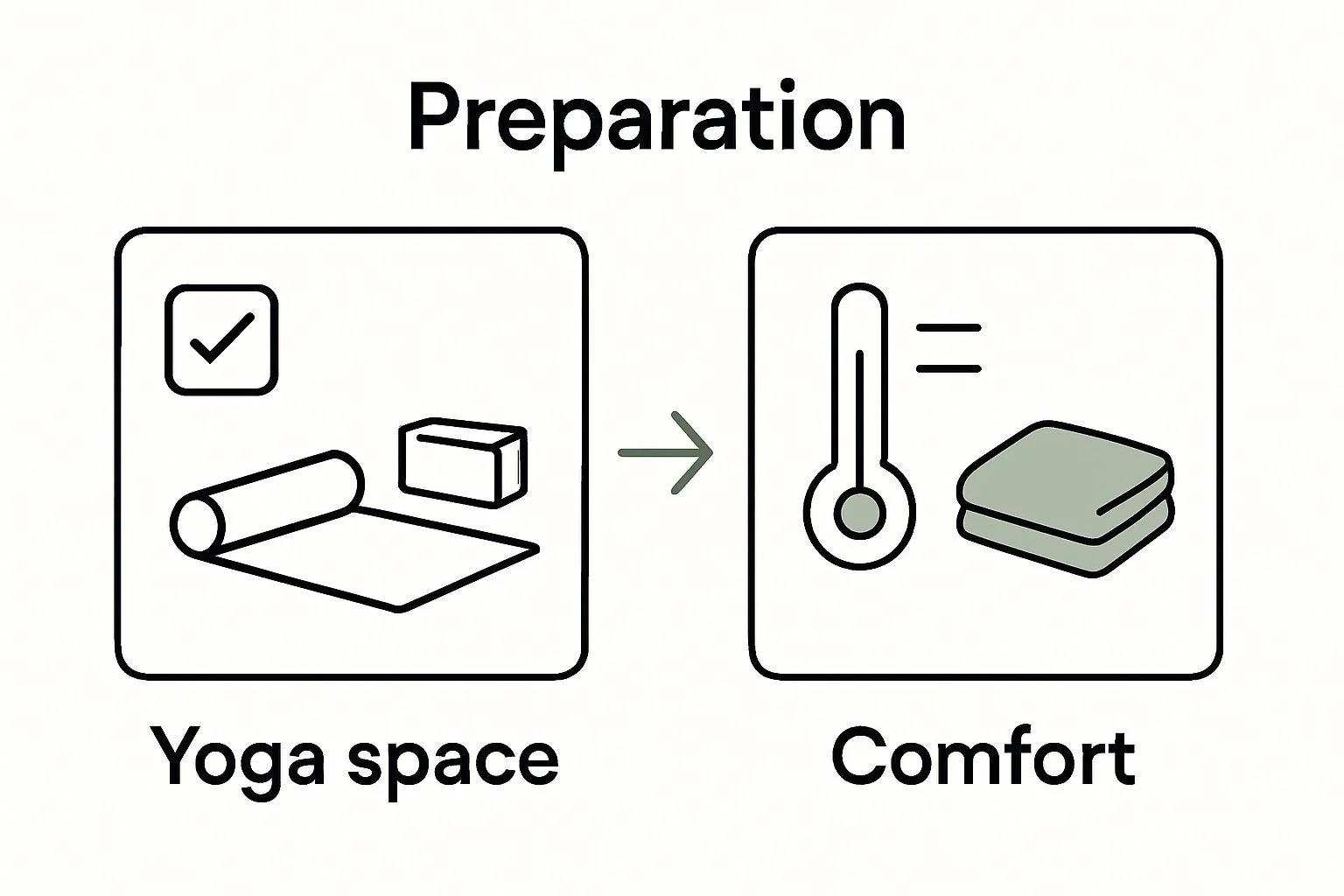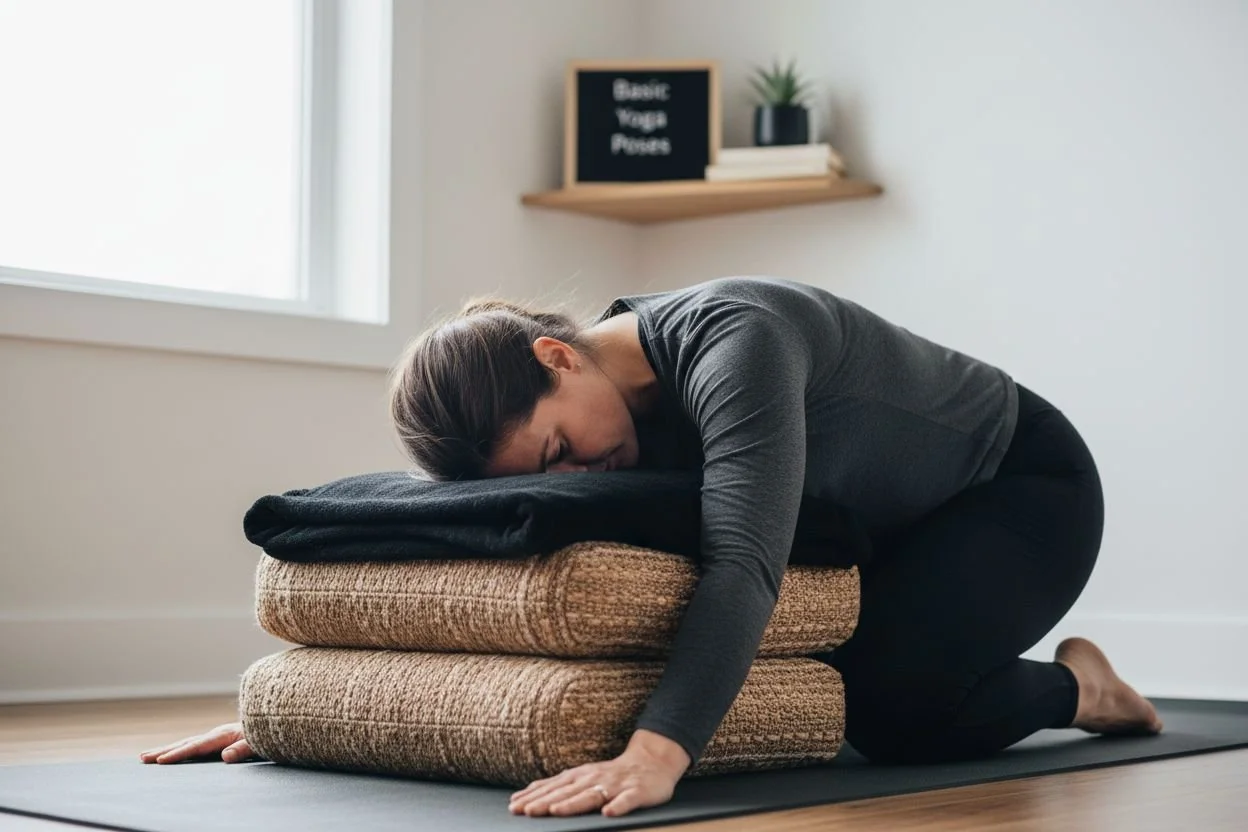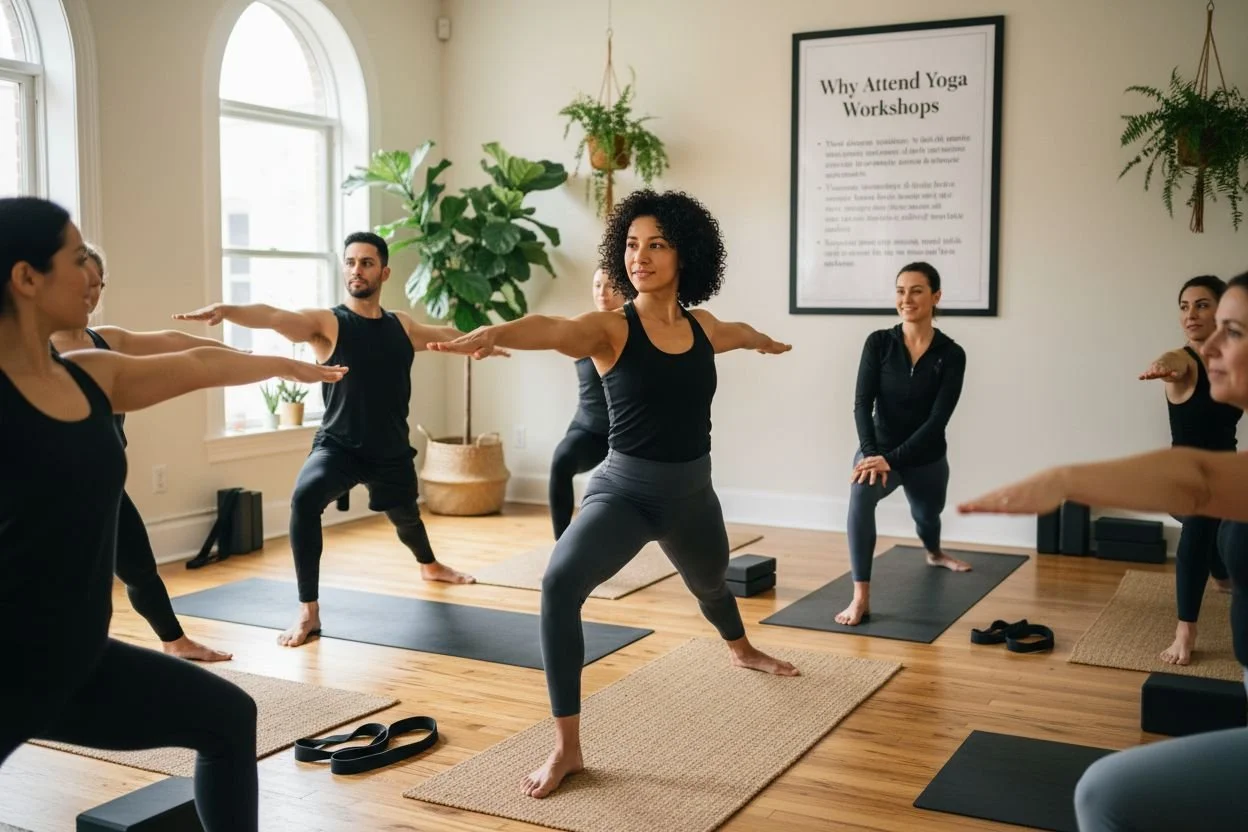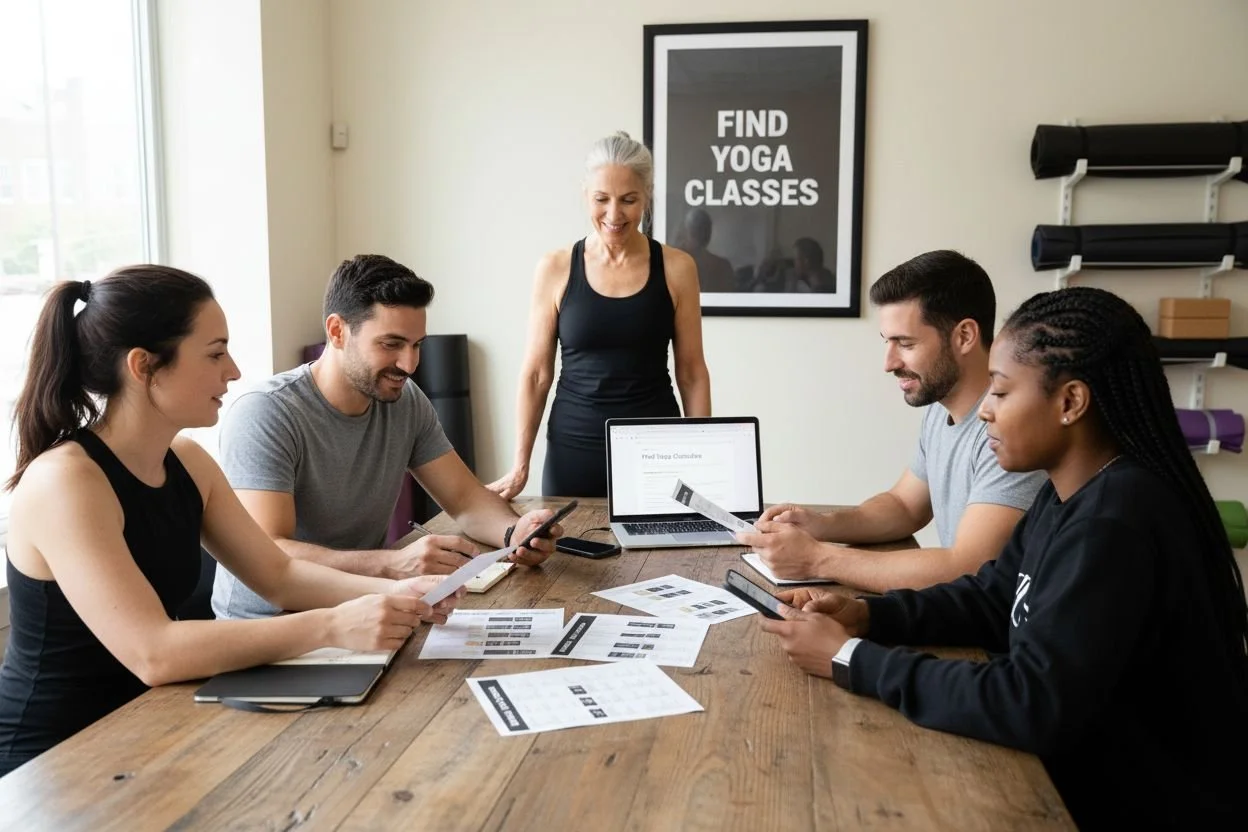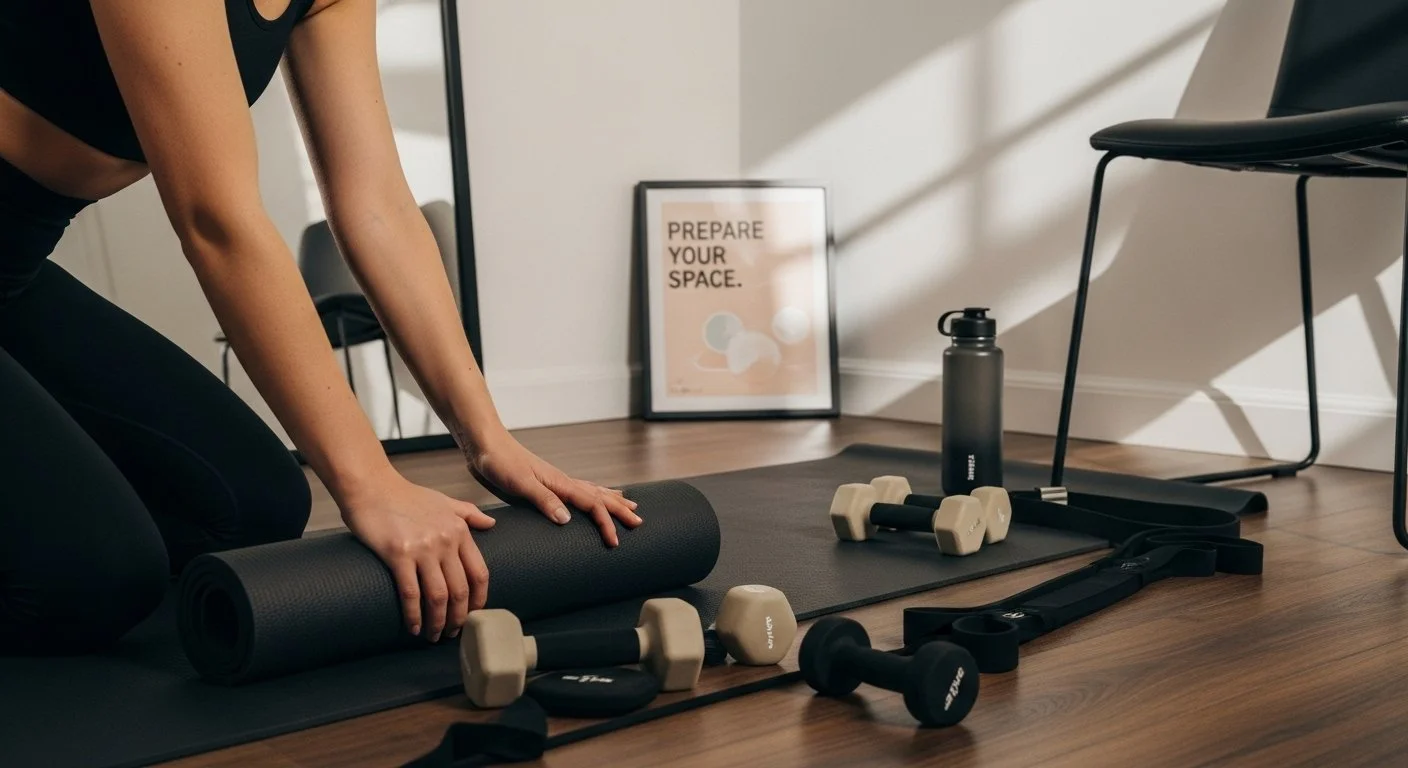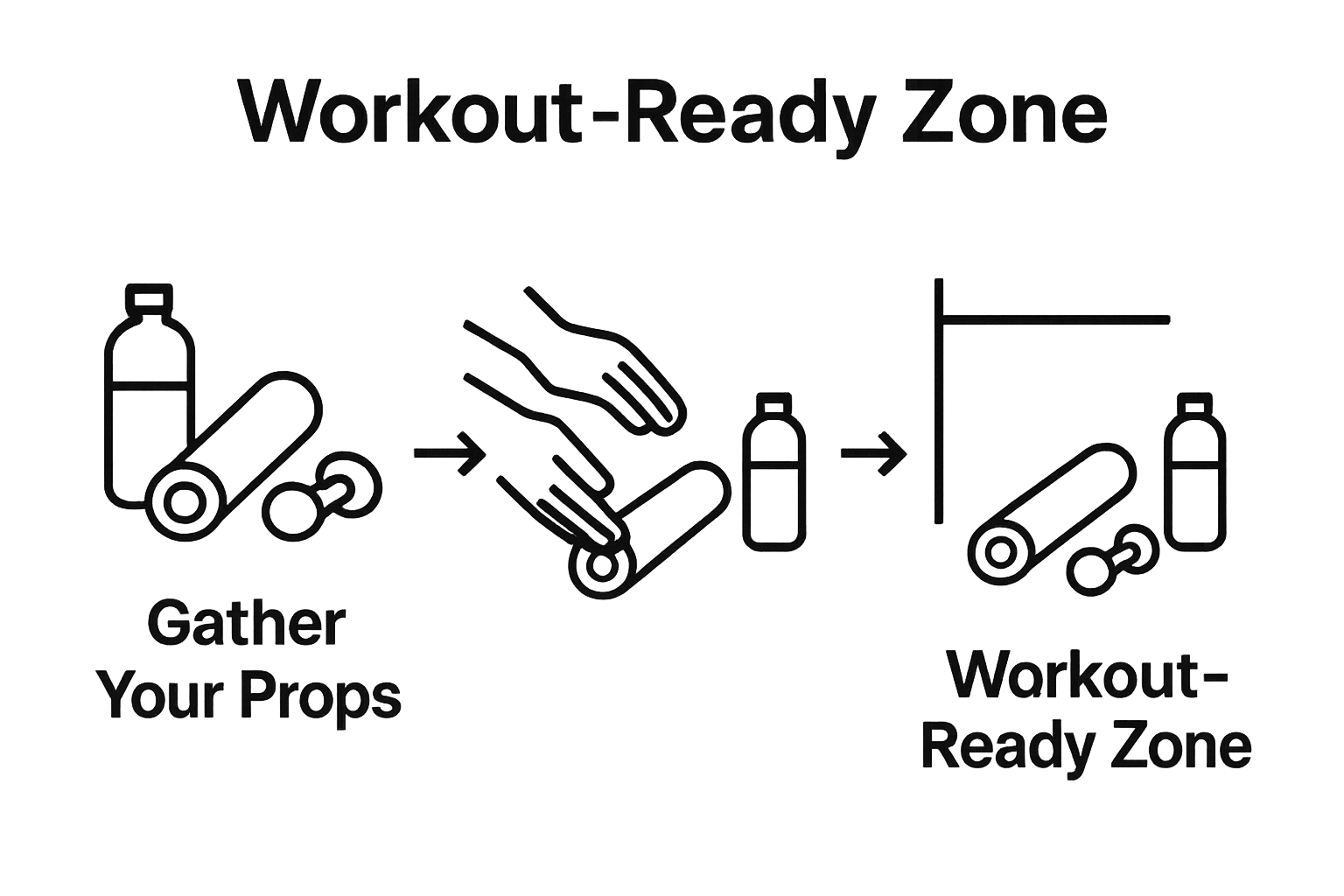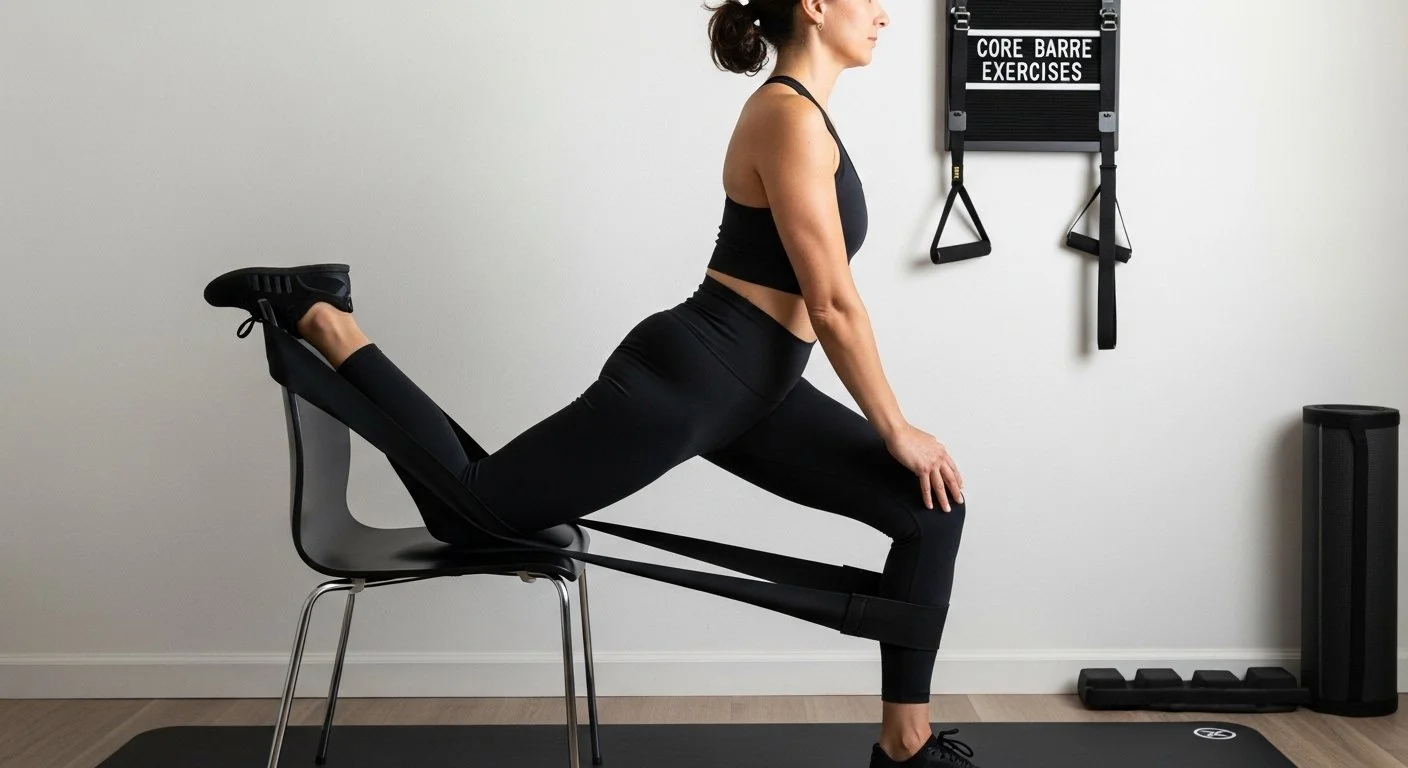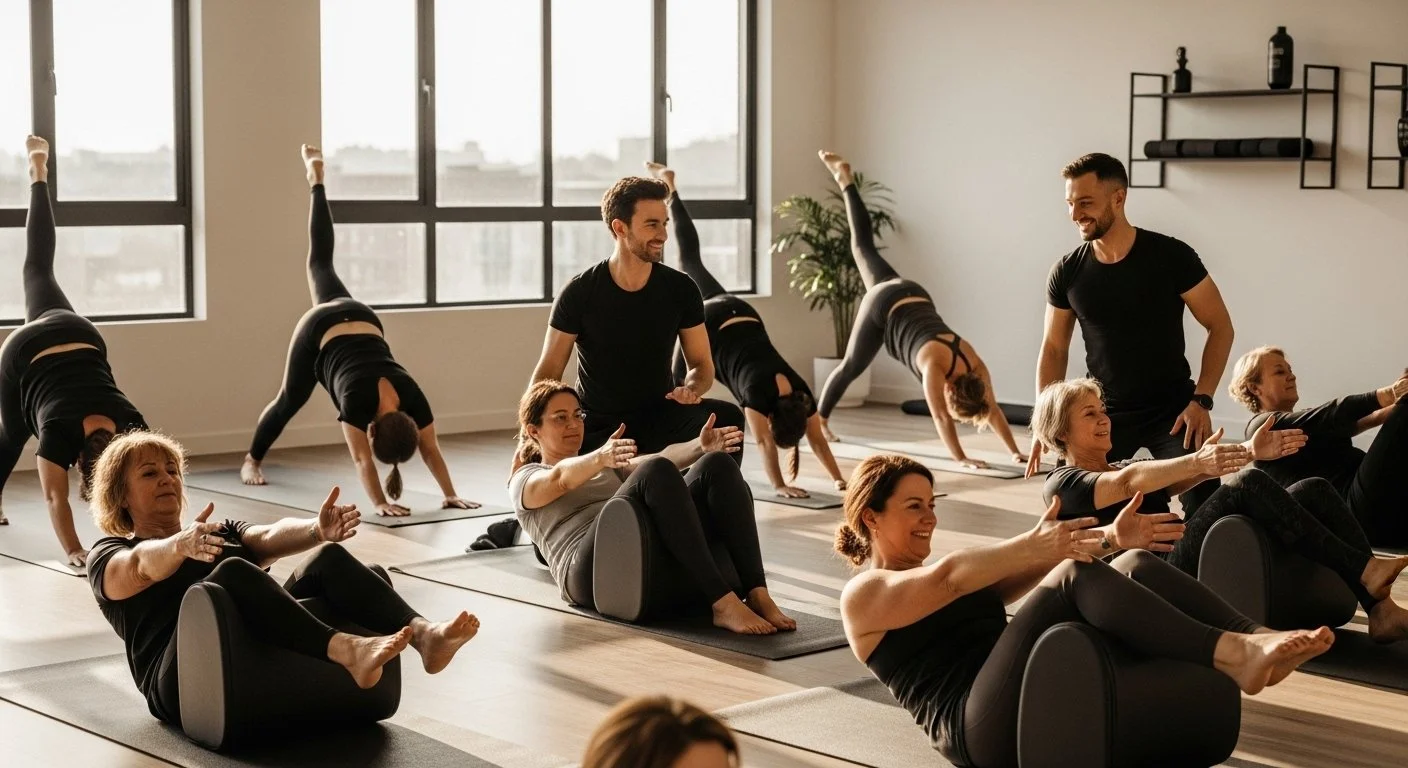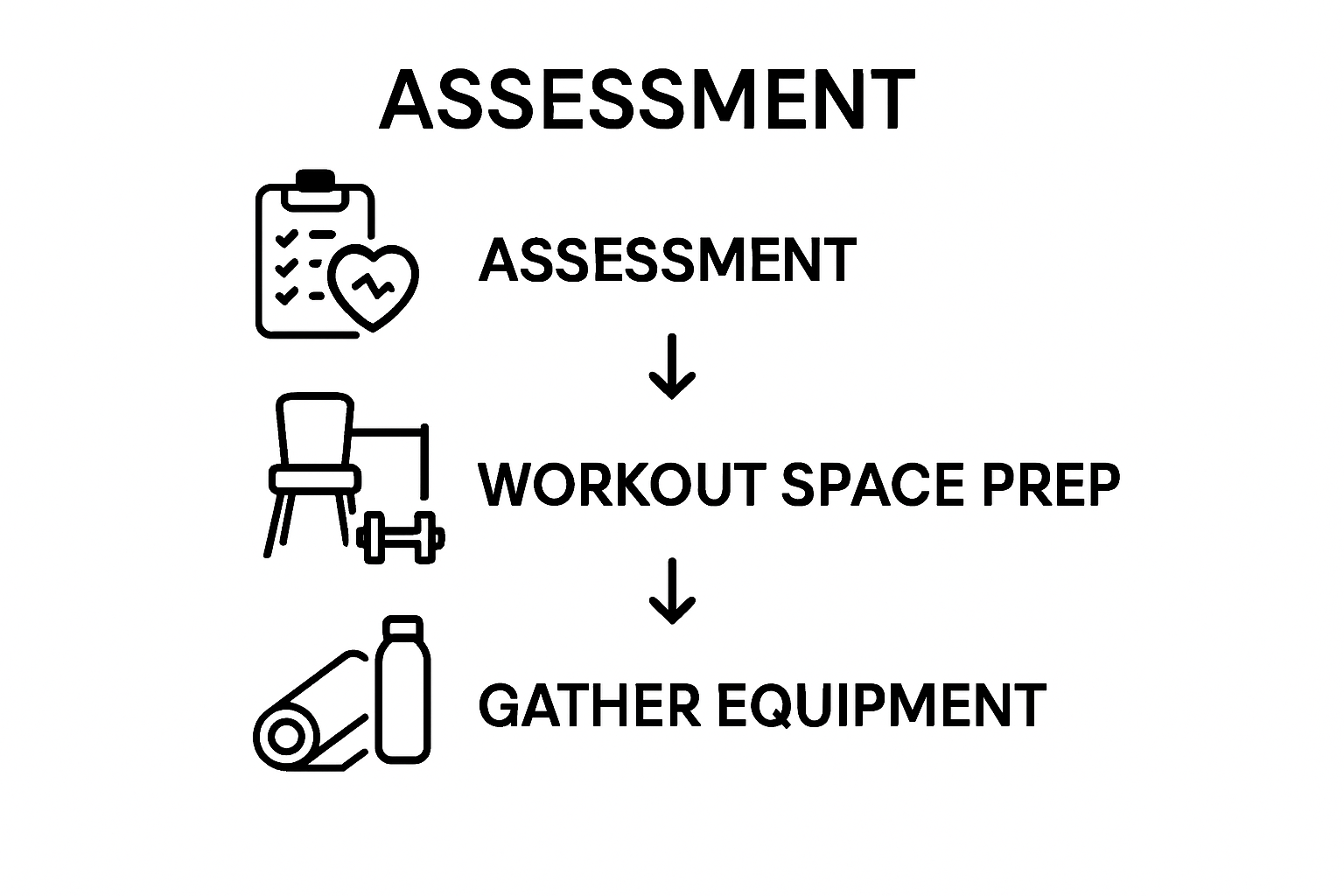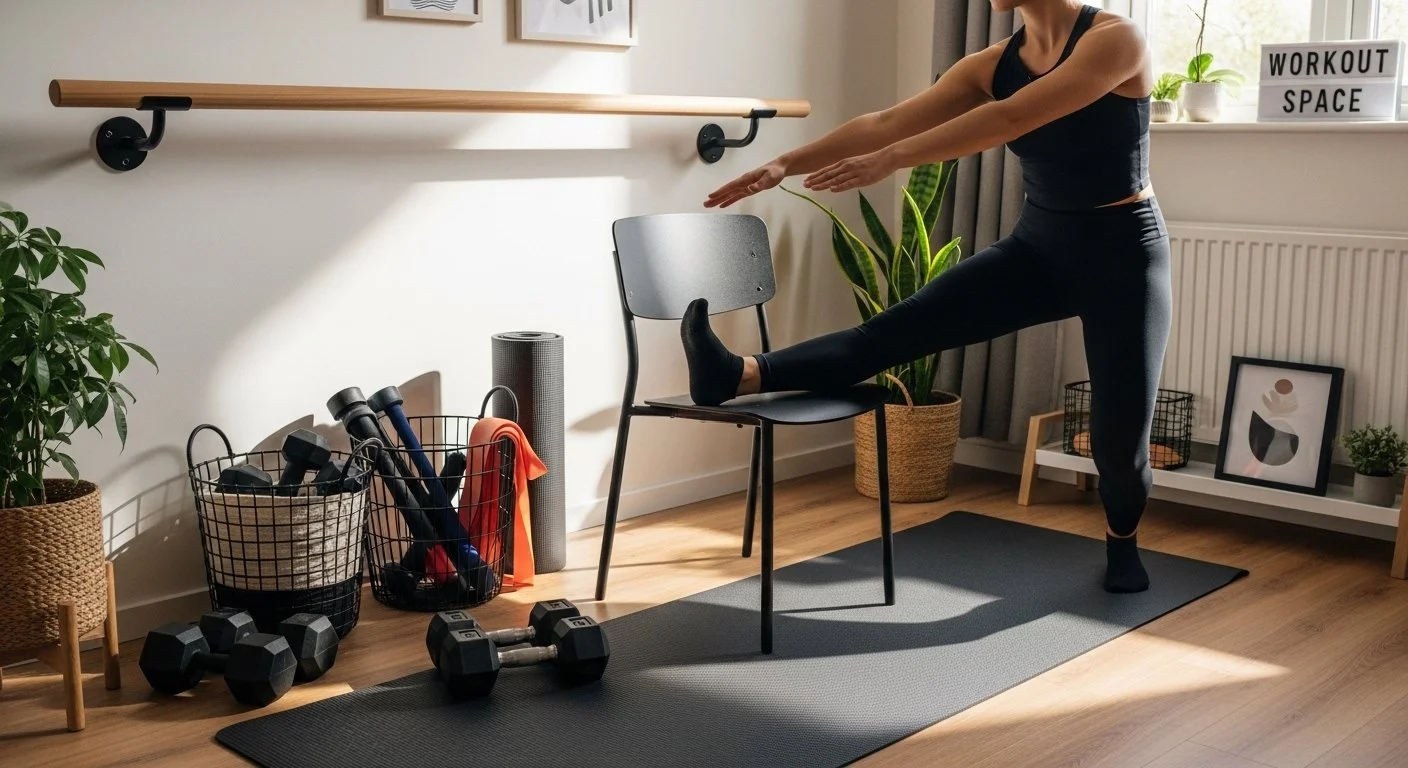Hot Yoga: Everything You Need to Know
Heather Rice
Rooms heated to a scorching 105°F push both body and mind in ways ordinary yoga never does. Hot yoga has seen a surge in popularity as more people search for a sweat-drenched challenge that supports increased flexibility, strength, and focus. With its blend of intense heat and mindful movement, this unique practice stands out from traditional yoga and offers surprising benefits that attract beginners and seasoned yogis alike.
Table of Contents
Key Takeaways
| Point | Details |
|---|---|
| Hot Yoga Characteristics | Conducted in rooms heated to 95–105°F with high humidity, hot yoga enhances flexibility and promotes detoxification. |
| Diverse Styles | Styles include Bikram, Vinyasa, Power, and Heated Hatha, allowing practitioners to choose formats aligned with their fitness goals. |
| Physical and Mental Benefits | Hot yoga supports improvements in flexibility, cardiovascular endurance, stress reduction, and mind–body connection. |
| Safety Considerations | Practitioners must hydrate adequately and be mindful of individual health conditions to avoid dehydration and heat-related risks. |
Defining Hot Yoga and Its Unique Practice
Hot yoga represents a dynamic and transformative approach to traditional yoga practice, characterized by conducting yoga sessions in deliberately heated environments. According to Wikipedia, hot yoga is performed under specific hot and humid conditions, typically with rooms heated to 105°F (40.5°C) and maintaining approximately 40% humidity. This intentional temperature design aims to replicate the original climatic conditions of yoga's birthplace in India.
The core essence of hot yoga involves practicing yoga postures and sequences in an intentionally warm setting to enhance physical and mental engagement. WebMD explains that these elevated temperatures often exceed 100°F, strategically designed to promote increased flexibility and support detoxification through intense sweating. The heated environment challenges practitioners physically and mentally, creating a unique workout experience that differs significantly from traditional yoga practices.
Key characteristics of hot yoga include:
Temperatures ranging from 95°F to 105°F
High humidity levels (typically 40%)
Increased cardiovascular engagement
Enhanced muscle flexibility and range of motion
Intense perspiration and potential detoxification
While hot yoga offers numerous potential benefits, practitioners should approach this practice mindfully. The elevated temperatures create a more demanding physical experience, requiring proper hydration, physical preparedness, and an understanding of individual health limitations. For those interested in exploring more specialized hot yoga variations, our 7 Types of Hot Yoga: Find Your Perfect Fit guide provides comprehensive insights into different hot yoga styles and approaches.
Different Styles and Class Formats Explained
Hot yoga represents a diverse practice with multiple distinctive styles, each offering unique approaches to heated yoga practice. According to The Independent, Bikram yoga stands out as one of the most structured formats, featuring a precise sequence of 26 specific postures conducted in a 90-minute class at a consistent 105°F temperature. This style represents a highly systematic approach to hot yoga practice.
The Washington Posthighlights that hot yoga encompasses numerous variations beyond the traditional Bikram method. These styles include:
Vinyasa Hot Yoga: A flow-based practice with dynamic movements
Power Hot Yoga: Intense, strength-focused sequences
Heated Hatha: More traditional postures performed in warmer environments
Flow Hot Yoga: Continuous movement between poses
Sculptural Hot Yoga: Incorporating light weights and resistance training
Each hot yoga style offers unique benefits and challenges, allowing practitioners to select a format that best matches their fitness goals and personal preferences. The key differentiator remains the intentional use of heat to enhance flexibility, cardiovascular engagement, and overall physical intensity.
VIDEO:video_content] For those seeking to explore these varied approaches in depth, our [7 Types of Hot Yoga: Find Your Perfect Fit guide provides comprehensive insights into each unique hot yoga style.
Physical and Mental Benefits of Hot Yoga
Hot yoga offers a comprehensive approach to wellness, simultaneously targeting physical and mental health through its unique practice methodology. PubMed reports a systematic review highlighting significant potential benefits, including improvements in flexibility, balance, and stress reduction, though researchers emphasize the need for continued investigation into these promising outcomes.
WebMD provides deeper insights into the multifaceted advantages of hot yoga practice. The heated environment creates a transformative experience that supports multiple dimensions of personal wellness:
Physical Benefits:
Enhanced muscle flexibility and range of motion
Increased cardiovascular endurance
Potential support for weight management
Improved muscular strength and core stability
Enhanced metabolic function
Mental and Emotional Benefits:
Significant stress reduction
Improved mental focus and concentration
Enhanced mind-body connection
Potential mood elevation
Development of mindfulness and present-moment awareness
The combination of intentional movement, controlled breathing, and challenging environmental conditions makes hot yoga a powerful holistic practice. By integrating physical challenge with mental discipline, practitioners can experience comprehensive wellness benefits.
For those interested in exploring how hot yoga can transform their health approach, our Understanding the Advantage of Hot Yoga for Wellness guide offers additional insights into maximizing these potential advantages.
Potential Risks and Safety Considerations
Hot yoga, while beneficial, requires careful consideration of individual health conditions and personal limitations. The Washington Post emphasizes that individuals with specific health conditions should exercise extreme caution. Practitioners with cardiovascular disease, back pain, asthma, diabetes, low blood pressure, or those who are pregnant must consult a healthcare professional before beginning a hot yoga practice.
WebMD highlights critical safety concerns related to the intense heated environment of hot yoga. The primary risks include:
Potential Health Risks:
Dehydration: Rapid fluid loss through excessive sweating
Heat exhaustion or heat stroke
Electrolyte imbalance
Potential cardiovascular stress
Overexertion and muscle strain
Safety Precautions:
Stay thoroughly hydrated before, during, and after class
Listen to your body and know your personal limits
Start with shorter sessions and gradually build tolerance
Wear appropriate lightweight, breathable clothing
Have water and electrolyte replacement beverages readily available
Take breaks or leave the room if feeling overwhelmed
Before engaging in hot yoga, it's crucial to understand your body's unique responses to intense heat and physical exertion. Beginners should start slowly, communicate with instructors about any health concerns, and prioritize personal safety over pushing physical boundaries. For a comprehensive understanding of how to safely approach hot yoga, our Understanding the Hot Yoga Studio Experience guide provides additional insights and preparation strategies.
Hot Yoga Versus Traditional Yoga Classes
Hot yoga and traditional yoga represent distinctly different approaches to physical and mental wellness. The Independent highlights that while traditional yoga classes vary widely in style and intensity, hot yoga distinguishes itself through its intentional heated environment, designed to enhance flexibility and promote detoxification through intense sweating.
The Washington Post emphasizes that the heated conditions of hot yoga create a fundamentally different practice experience compared to traditional yoga classes. Key differences include:
Environmental Conditions:
Hot Yoga: Heated rooms (95-105°F)
Traditional Yoga: Standard room temperature
Physical Intensity:
Hot Yoga: Higher cardiovascular demand
Traditional Yoga: Varies by style, generally lower intensity
Flexibility and Muscle Engagement:
Hot Yoga: Increased muscle elasticity
Traditional Yoga: Standard muscle flexibility work
Mental and Physical Challenge:
Hot Yoga: More extreme mind-body discipline
Traditional Yoga: Focused on mindfulness and gradual progression
Practitioners should carefully consider their personal health, fitness level, and wellness goals when choosing between hot yoga and traditional yoga practices.
For those seeking a deeper understanding of these yoga variations, our Understanding Hot Yoga: What Is It and Why It Matters guide offers comprehensive insights into making an informed decision.
Unlock the Power of Hot Yoga at Amrita Yoga & Wellness
If you are intrigued by the unique challenge and benefits of hot yoga described in this article, you are not alone. Many practitioners seek increased flexibility, stress relief, and a deeper mind-body connection but hesitate because of concerns about safety and proper guidance in such intense heat. Hot yoga requires mindful preparation, hydration, and progressive practice to safely harness its benefits like muscle elasticity and cardiovascular endurance.
At Amrita Yoga & Wellness, we understand these challenges and provide a supportive environment tailored to your wellness journey. Explore our diverse hot yoga classes designed to meet various experience levels while emphasizing safety and personal limits. Whether you want to dive deeper into hot yoga or complement your practice with other mindful movement styles like pilates or tai chi, our Philadelphia studio offers expert instruction and a welcoming community. Take the step to transform your wellness routine and experience the unique advantages of hot yoga today. Visit us at Amrita Yoga & Wellness to learn more, view class schedules, and sign up for your first session with confidence. Your path to flexibility, strength, and balance starts here.
Frequently Asked Questions
What is hot yoga?
Hot yoga is a dynamic yoga practice conducted in deliberately heated environments, typically at temperatures between 95°F and 105°F, aimed at enhancing flexibility, cardiovascular endurance, and promoting detoxification through intense sweating.
What are the benefits of practicing hot yoga?
The benefits of hot yoga include improved muscle flexibility, increased cardiovascular endurance, weight management support, stress reduction, enhanced mental focus, and the development of mindfulness and present-moment awareness.
Are there any risks associated with hot yoga?
Yes, potential risks include dehydration, heat exhaustion, electrolyte imbalance, and overexertion. Individuals with specific health conditions should consult a healthcare professional before participating in hot yoga.
How does hot yoga differ from traditional yoga?
Hot yoga differs from traditional yoga primarily in its heated environment, leading to higher cardiovascular demand and increased muscle elasticity, whereas traditional yoga varies widely in style and intensity, often practiced in standard room temperatures.












